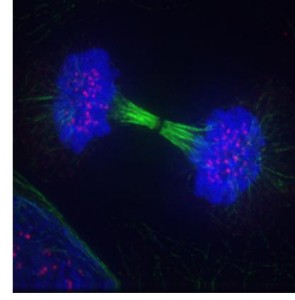WEDNESDAY, 16 MARCH 2011
 Being able to film living cells with fine detail, in real time and over long periods, is an ultimate goal for many cell biologists. However, there are two major challenges facing the modern microscopist. Firstly, prolonged and intense light exposure eventually kills cells, and fades the fluorescent tags normally used to label samples. Secondly, it is difficult to eliminate out-of-focus light, resulting in unnecessarily blurry images.
Being able to film living cells with fine detail, in real time and over long periods, is an ultimate goal for many cell biologists. However, there are two major challenges facing the modern microscopist. Firstly, prolonged and intense light exposure eventually kills cells, and fades the fluorescent tags normally used to label samples. Secondly, it is difficult to eliminate out-of-focus light, resulting in unnecessarily blurry images.Dr Eric Betzig’s team at the Janelia Farm Research Campus in the United States have developed a new design using a method called plane illumination, in which a specimen is lit from the side. This set-up was combined with a special ultra-thin light source, a Bessel beam, that exposes only a minimal area of the cell to light, greatly reducing photo-toxicity and bleaching [1]. The addition of two other techniques, structured illumination (SI) and two-photon excitation (TPE), enabled the group to produce beautifully sharp and detailed 3D images at almost 200 frames per second – a fast enough rate for real-time analysis [2].
Betzig’s microscope is a powerful new tool for cell biologists, but it can only detect structures over 300 nm wide. In the future it may be possible to combine the design with super-resolution microscopy methods to probe the dynamics of protein-protein interactions at the molecular level.
Written by Emma Hatton-Ellis
References:
- Planchon, T. A., Gao, L., Milkie, D. E., Davidson, M. W., Galbraith, J. A., Galbraith, C. G., & Betzig, E. (2011). Rapid three-dimensional isotropic imaging of living cells using Bessel beam plane illumination. Nat Meth, advance online publication. doi:
- http://www.sciencedaily.com/releases/2011/03/110304151010.htm
